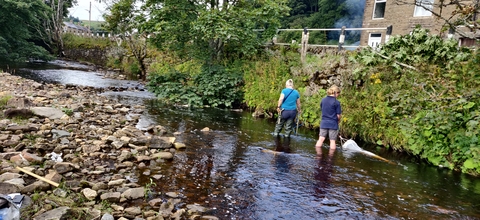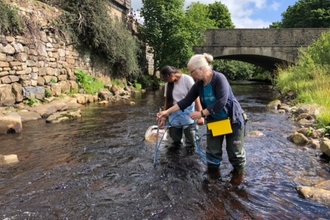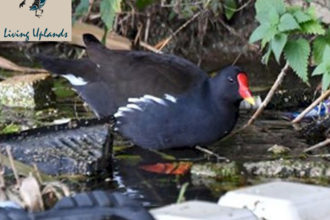Microplastics are small fragments of plastics that are below 5mm in diameter. These include microbeads, fibre from synthetic clothing, and fragments of plastics litter that break down by abrasion during transport in rivers or under the effects of UV radiation from sunlight. Plastic never really goes away; it just gets smaller and smaller. But surely miniscule particles of plastic are nothing to worry about. ‘Out of sight, out of mind’ as the adage goes. Unfortunately, microplastics are commonly mistaken as food by aquatic life, impacting the organisms’ health by accumulating in fatty tissue and organs and entering the food chain. Animals aren’t the only organisms at risk. According to a recent review1, humans are ingesting tens of thousands of microplastic particles per year through their diet. Airborne microplastics further exacerbate the problem.
With rising global awareness of the impact of plastic pollution to our environment and wildlife, an increasing number of studies around the world are seeking to better understand the sources and extent of microplastics pollution at the local to regional level. Whereas, marine studies of ocean microplastics have been ongoing for decades far fewer studies have addressed river plastics.
Rivers connect towns and cities to the oceans and therefore are a main highway network for transferring plastics from us to the sea. Due to their low density, microplastics are easily transported by water. Sources of microplastics include industry, agriculture, litter, and wastewater treatment. Treated wastewater is filtered before being discharged into waterways, but, due to their size, microplastic often pass directly through.
Durham Wildlife Trust and Teesside University are partnering on a pilot study of microplastics in the River Wear. The aim of the study is to determine at what concentrations microplastics are present in the water column as well as the sediment and to observe any spatial trends. This study also aims to promote awareness of environmental microplastics and plastics pollution more generally through engagement with local schools and colleges.
Our pilot study sampled river water and sediment at five different sites along the River Wear: Wearhead, Frosterley, Bishop Auckland, Durham, and Chester-Le-Street. At each respective site we sampled upstream and downstream of wastewater treatment plants to better understand their contribution to riverine microplastics concentrations. Student groups sampled gravel bar and river bank litter to better understand the impact of littering on our environment.
1Cox, K. D., et al. (2019). "Human Consumption of Microplastics." Environmental Science & Technology 53(12): 7068-7074.








